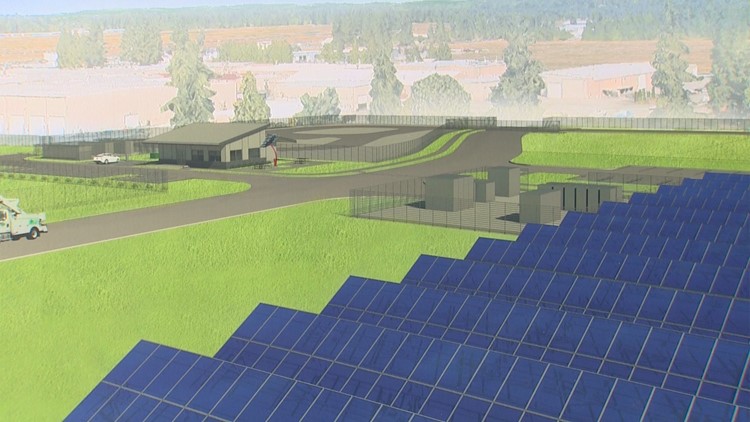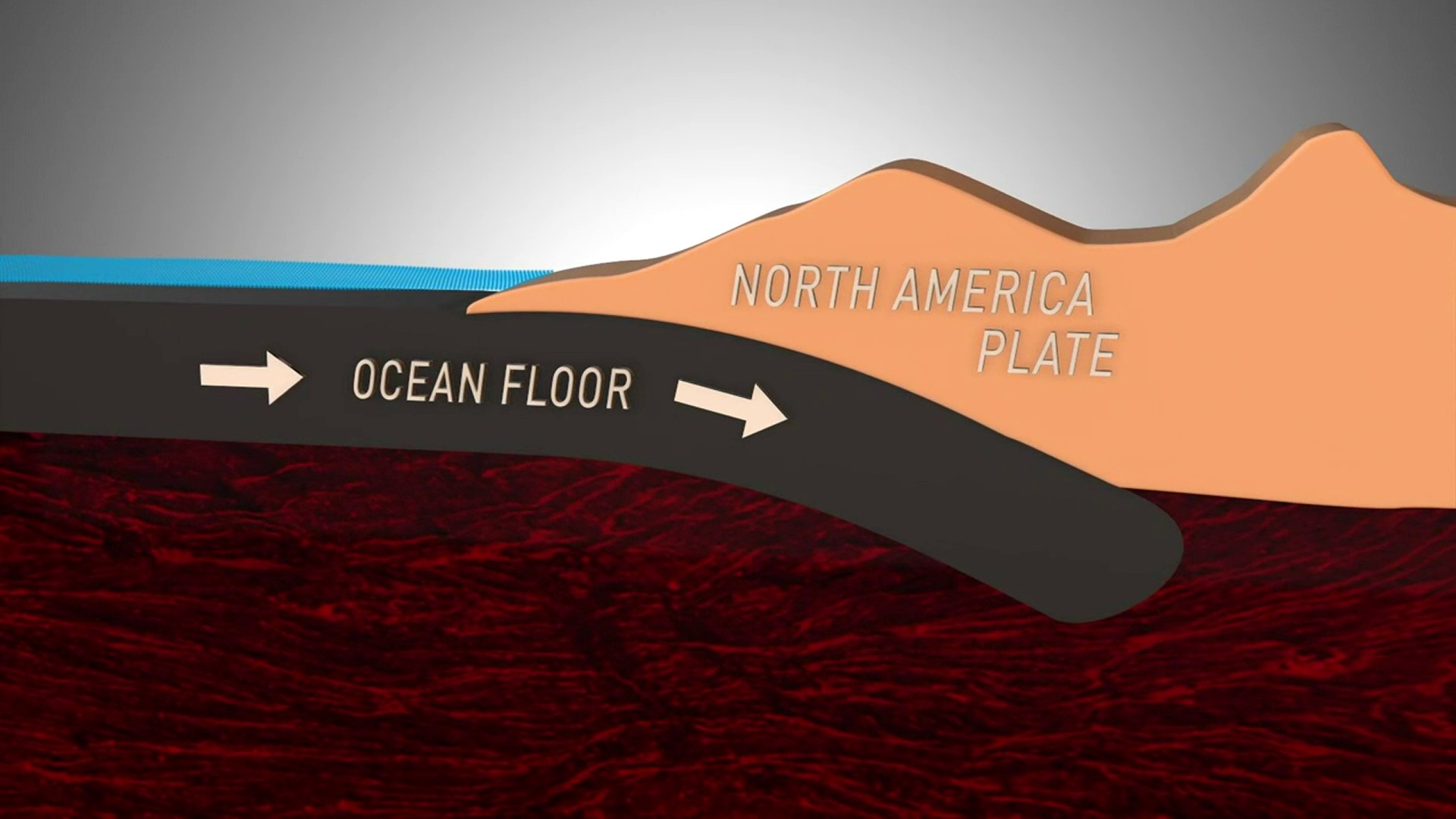Could large batteries be used to power microgrids to keep the lights on in a disaster like an earthquake?
Snohomish County’s Public Utility District (PUD) has begun construction of a pilot project in Arlington to see how well a combination of solar panels and a new generation of large utility grade batteries might do that.
We hear of the “electric grid” all the time. It’s the interconnected network of large and small transmission lines, hydroelectric plants, coal-fired power plants all interconnected across multiple states.
Power can be moved back and forth and traded at different prices. In the end that electricity ends up in your home.
In 2015, Snohomish County PUD began using large one-megawatt batteries built inside of shipping containers to smooth out load demand during peak periods, particularly in the morning as people wake up. Two substations are using those batteries now.
The batteries store energy coming from hydroelectric dams in the Cascade Mountains and along the Columbia River overnight when demand and power rates are low. The batteries can feed power back onto the grid when demand is high.
Now in Arlington, PUD plans to use a new generation of modular batteries to store energy from three acres of solar panels. Scott Gibson, Snohomish County PUD’s principal engineer for the microgrid project, says those panel would charge the batteries in about nine hours on a sunny day.
On a cloudy winter day, it might take a few days to fully charge the batteries, so a generator backup would also be part of the project.
The $12 million project, which includes $3.5 million in clean energy funds from the Washington Department of Commerce, is designed to see just what such a project could do. It would also be a guide for other utilities and governments about a system that could go self-contained in a disaster while providing energy for the grid now.
A building built by PUD on the project site will be powered from the panels and the batteries, while also serving as an educational site.
Gibson says the technology is not there yet to provide power for the entire city but could power the hospital, fire and police stations, and emergency operations centers after a disaster.



